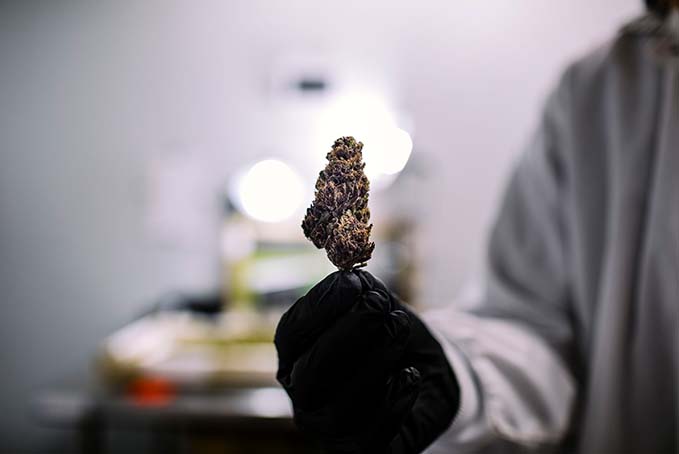Understanding Cannabis Testing: How to Read a COA
Posted September 10, 2021, Q+A with BelCosta Labs
In an effort to increase visibility and awareness around cannabis lab testing, and to explore the true composition of the cannabis plant, including how terpenes and other cannabinoids impact the overall smoking experience; we sent some questions to our lab partners at BelCosta Labs which will help you read and interpret Glass House Farms’ lab results.
With the launch of our Lab Results section, we’re committed to sharing the Certificates of Analysis (COAs) for every batch of flower we harvest, uniquely specific to every product type we make from that batch. These COAs can now be found in our Lab Results page, which will maintain a full library database of these COAs
A big thanks to BelCosta’s staff for the thorough feedback below!
Q: Why is cannabis tested, and generally, what is being tested?
A: Cannabis is tested for quality and safety purposes. Just as products from a pharmacy, grocery store, or liquor store are all tested (think dosage guidance, nutrition labels, and proof statements), cannabis is tested so that a consumer is not only aware of what they are consuming but also that it is verified safe for human consumption.
In general, cannabis is being tested for potency and contamination. For potency testing, a lab is determining the strength of the cannabis. From THC and CBD to other minor cannabinoids (and even terpenes), cannabis potency is the percentage of a cannabinoid/terpene in a given product.
Cannabis is also being tested to detect possible contamination in the form of pesticides, microorganisms, heavy metals, or residual solvents from manufacturing. Testing for contaminants is important because ingesting these substances can be harmful to the health of a consumer.

Q: Who regulates the testing?
A: Cannabis testing is regulated, in California, by the recently renamed Department of Cannabis Control. This state-run regulatory body issues the regulations that testing labs in California must abide by. Other states have similar state-run regulatory agencies.
As part of most state’s regulations, Cannabis labs must be ISO 17025 accredited in order to be issued a state license.

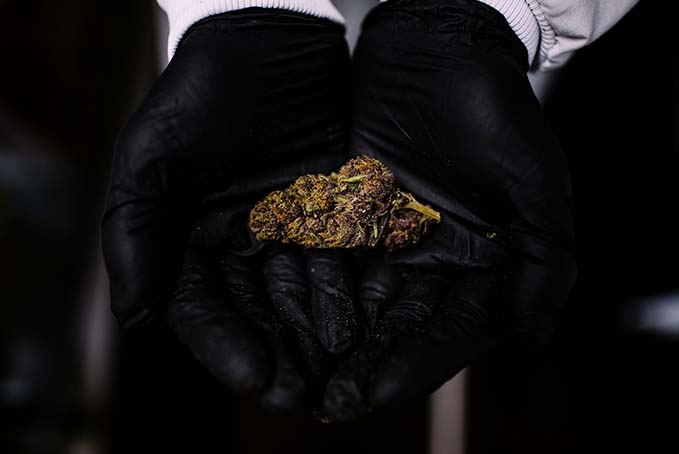
Q: What determines whether cannabis passes a test and is authorized for consumption?
A: For potency, only a measurement of the cannabinoid content and terpene content is measured. This is not a pass/fail test. The only time in which someone will fail potency would be for a mislabeled product or if, for example, an edible exceeds the THC content according to state regulations, 10 mg/serving. In this case, if the product exceeds the requirement, the product would fail.
For contaminant testing, the DCC issues action limits, which sets the threshold value that provides the criterion for determining whether a sample passes or fails an analytical test. For some categories of pesticides, any detection will result in a failure, where others may have an action limit in the parts per million (PPM) range.
Moreover, microbial contaminant testing also must be passed in order for a product to be authorized for sale.
Q: What should customers look for when reading a COA?
A: Customers should make sure of a few things to ensure a COA is real. First, look for a Report Date to ensure the COA is recent. Look also for the name of the lab, the name of the product (and branding), a batch number, a product description and a QR code. In California, make sure the COA states that it is for State Compliance Testing.
Most COAs will have a summary section. In this area, make sure all tests are marked as Passed. BelCosta Labs COAs will have a Cannabinoid Overview section, listing total THC, total CBD, and total Cannabinoids.
In the potency section, Results are listed as amounts in both mg/g and as a percentage, telling you how many mgs (or %) of each cannabinoid is concentrated within every gram of the product. Note that you may also see blanks in a results column. An “ND” result means the laboratory did not detect a statistically significant level of a given compound.
The amount as % column converts the concentration of each cannabinoid from mg per gram to a percentage of overall weight of the product. This conversion is simply another way to look at the same result but is often easier for consumers to understand.
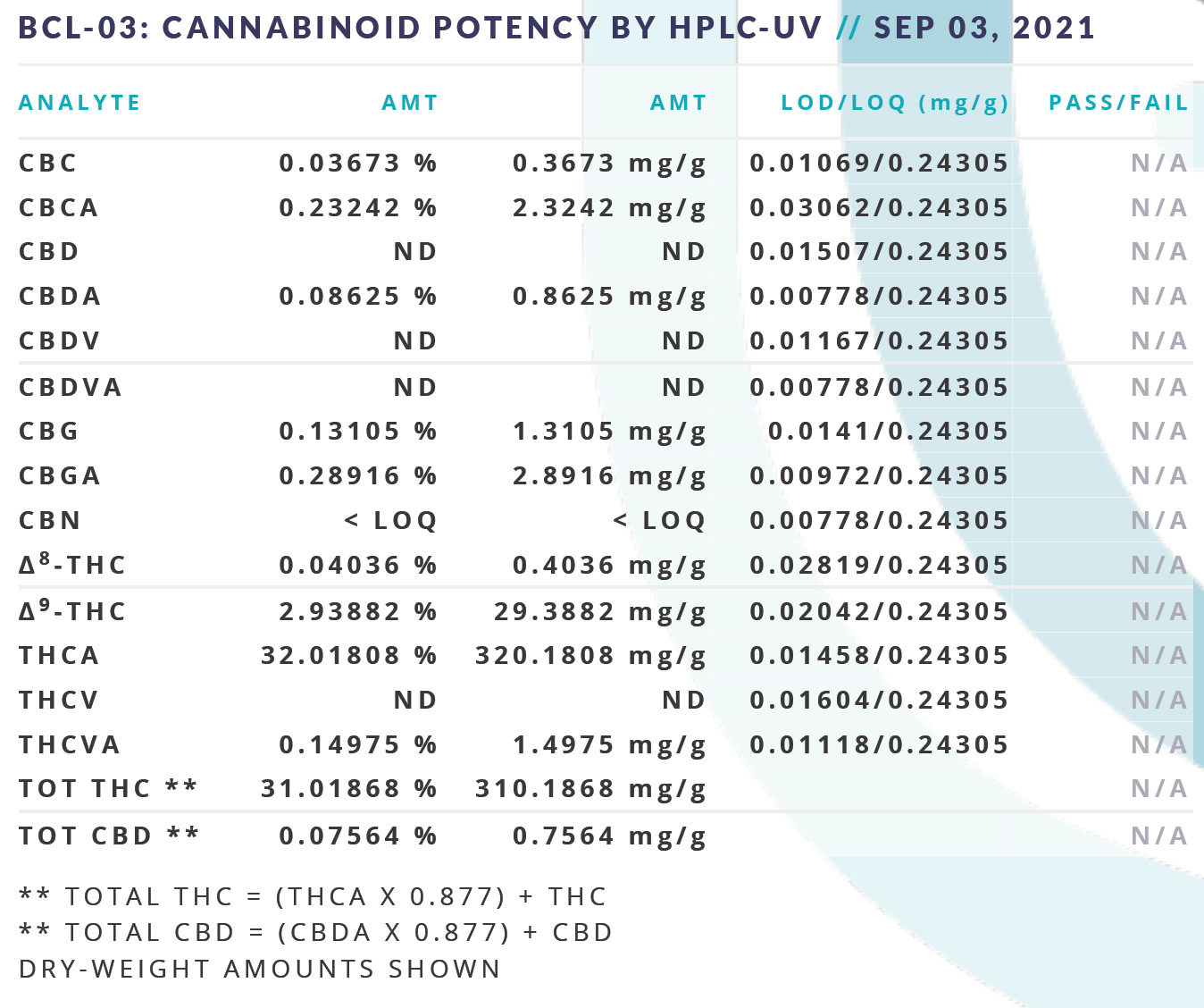
Q: How should a customer interpret terpene test results?
A: Terpene results can be interpreted in the same way as cannabinoid potency, given that terpene results are listed as both mg/g and as a percentage (%). For a flower sample, most will fall in the 1-3% range, sometimes more.
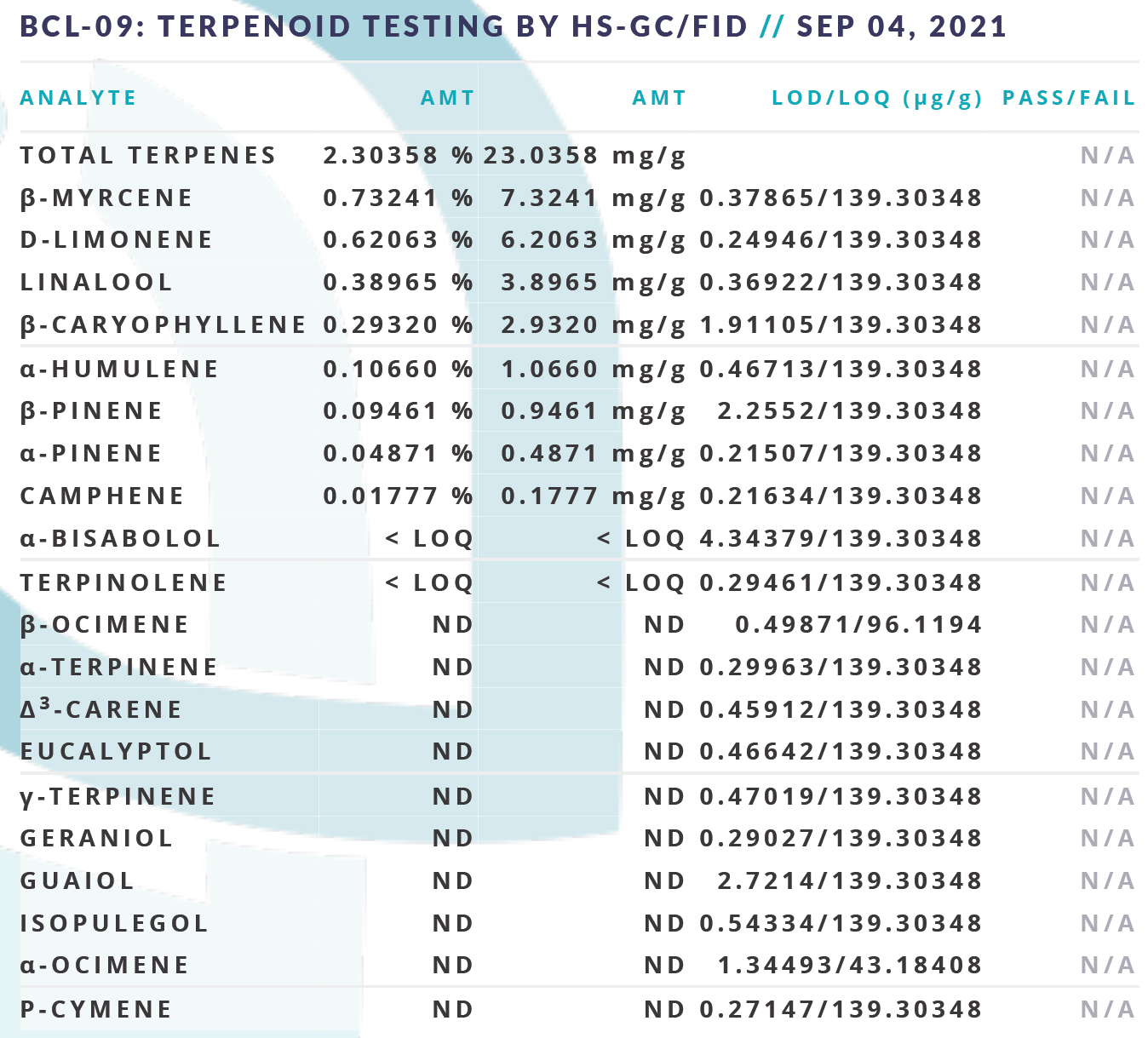
Q: How do THC, CBD, CBDa, terpenes and other minor cannabinoids affect the smoking experience overall?
A: Different ratios of cannabinoids (THC, CBD, et cetera) will yield different smoking experiences. Moreover, different terpene profiles in conjunction with the cannabinoids will trigger the entourage effect. Based upon the particular blend of cannabinoids and terpenes (and other flavonoids), you might experience a variety physical and mental affects such as relaxation, euphoria, sleepiness or creativity.
Proper moisture and curing will also have a pronounced effect on your smoking experience. Flower that is too dry will smoke fast and harsh, and if it’s too wet, the flower will be difficult to light.
Q: What are the differences between the “moist” and “water” icon on a BelCosta test result?
A: The Moist and Water icons on the COA are for moisture and water activity. Moisture is a measurement of the amount of water present in a given sample. For example, if a flower batch contains 30% cannabinoids and 4% terpenes, some of the remaining 66% of the plant will be water. An ideal moisture content keeps fully cured cannabis buds from drying out and burning up too fast, but simultaneously dry enough to prevent mold and provide an enjoyable smoke.
Water activity is different; The water activity (aw) of a food is the ratio between the vapor pressure of the food itself, when in a completely undisturbed balance with the surrounding air media, and the vapor pressure of distilled water under identical conditions. A water activity of 0.80 means the vapor pressure is 80 percent of pure water. The water activity increases with temperature. The moisture condition of a product can be measured as the equilibrium relative humidity (ERH) expressed in percentage or as the water activity expressed as a decimal.
Most foods have a water activity above 0.95 which provides sufficient moisture to support the growth of bacteria, yeasts, and mold. The amount of available moisture can be reduced to a point which will inhibit the growth of the organisms.
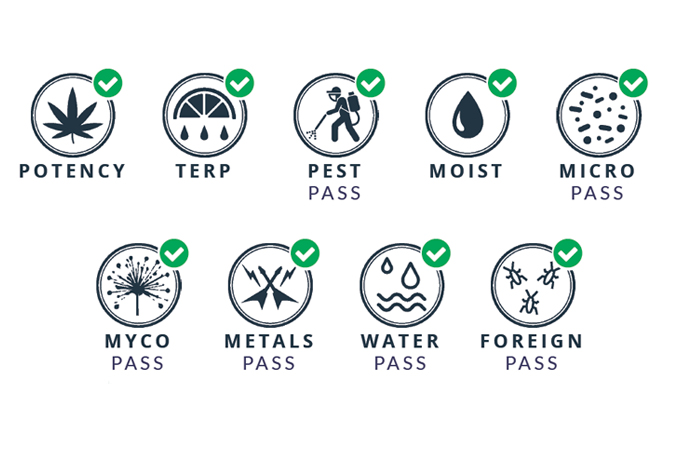
Q: Generally – what do the icons on BelCosta tests mean?
A: The icons are merely a symbolic representation of each of the compliance tests performed by BelCosta Labs. If you see a green checkmark on the icon, it means that sample passed for that particular lab test.
– Interested in a job in the cannabis industry, read our blog post: Want a Career in Cannabis? The Time is Now!

About Bel Costa Labs
BelCosta Labs is leading the evolution of cannabis lab testing through agricultural science, education, and technology. We believe that by combining analytic methods, customized technology, and years of expertise in the cannabis industry, we can provide the highest quality testing lab services for compliance in the State of California.
As one of Southern California’s principal licensed cannabis testing labs, BelCosta Labs is dedicated to driving growth in the science community. Our staff at BelCosta labs is comprised of nationally renowned experts in the field of agricultural science, who have set the standard for accurate testing methods. At BelCosta labs, we are committed to providing the best testing lab services and pushing the boundaries of agricultural science and research.

